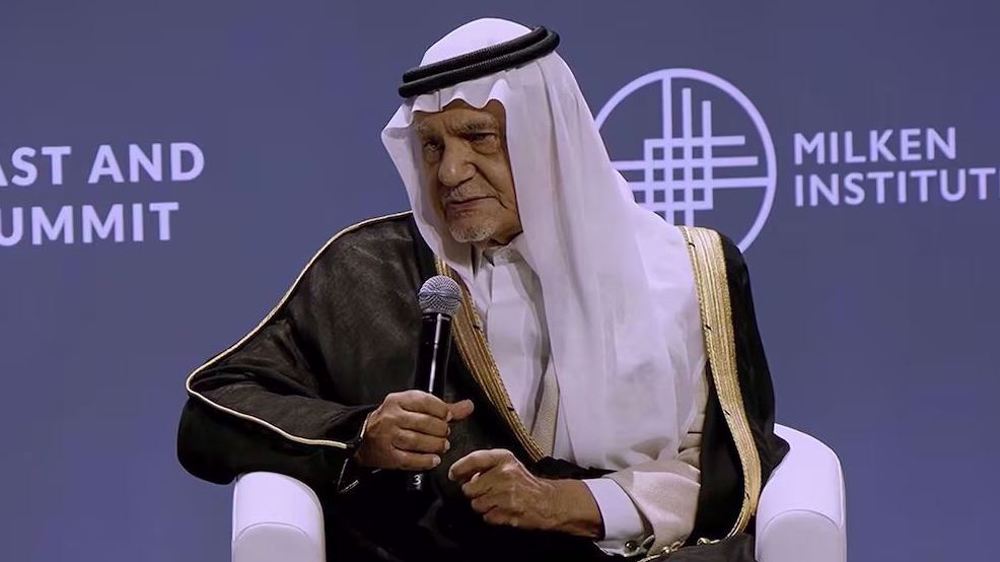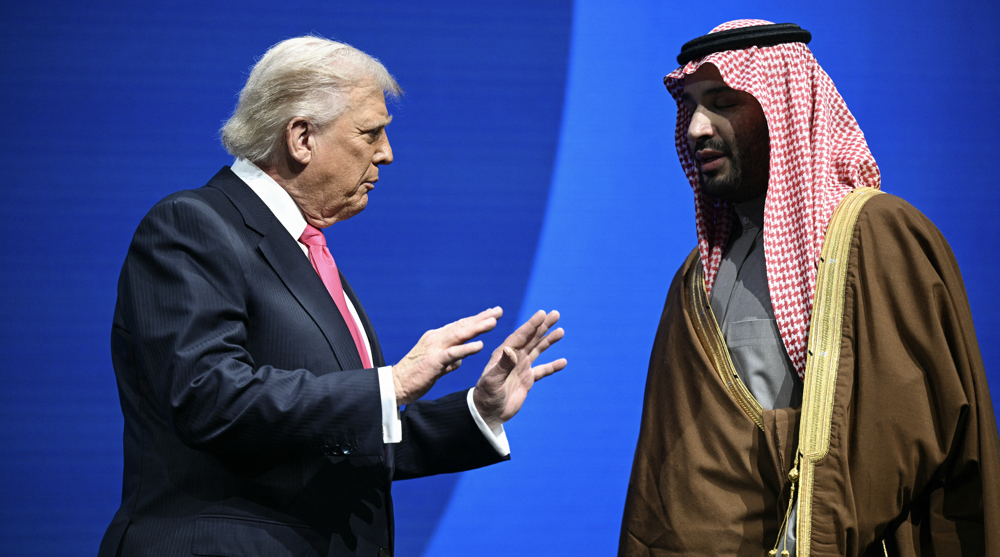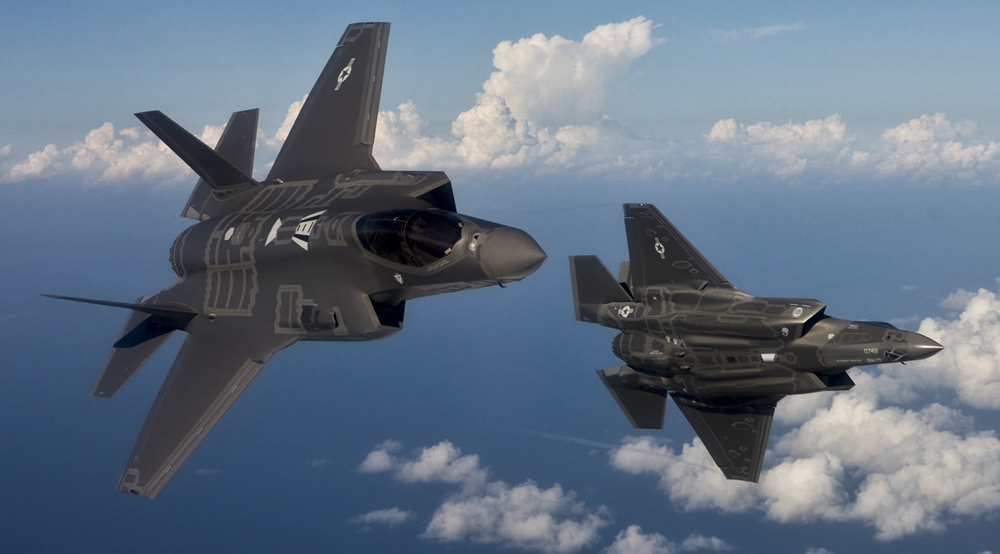Saudi regime hell-bent on wiping Muslim heritage in Hejaz
Motivated by the ultra-hardline ideology of Wahhabism, which has dominated Saudi Arabia for decades, the incumbent regime in Riyadh is hell-bent on wiping Muslim heritage from the Hejaz region, threatening Islamic identity.
More than two million Muslim pilgrims have ended their annual hajj pilgrimage and many are back to their home countries. The pilgrims barely found any trace of the many Islamic monuments that existed less than a decade ago, thanks to the pseudo-teachings of Wahhabi fanatics and the Saudi regime.
According to Wahhabism, visiting tombs of disciples or faith symbols equate polytheism, which is liable to the maximum punishment. Hence, it is no surprise that the Al Saud regime has for years been busy with the gradual and systematic destruction of holy sites.
One such site is the cave of Hira, located on top of Jabal al-Nour, or the mountain of illumination, on the outskirts of Mecca, Islam’s holiest city. The mountain and its cave hold tremendous significance for Muslims throughout the world, as Prophet Muhammad (PBUH) received his first revelation there.
However, this year, like many years before, Muslim pilgrims were witnessing pressure from Wahhabi hardliners to dissuade them from congregating there. Saudi-linked Wahhabi preachers were considering removing the steps of the sacred cave and even destroying the mountain of Jabal al-Nour altogether.
The Saudi regime is abusing its position as the gatekeeper of Islam’s holy land, destroying the most precious Islamic heritage, justified as a requirement for looking after hajj pilgrims. However, the systematic destruction of Islamic identity across Hejaz is deeply rooted in Wahhabi pseudo-teachings and dates back to the very first days of the foundation of the Saudi regime.
All Saudi dictators, who ironically proclaim themselves as the so-called custodians of the two holy mosques, have been keen to implement the Wahhabi-inspired cultural vandalism within the borders of the Arab kingdom and even beyond.
Riyadh’s records in razing Islamic monuments off the ground gained momentum after the regime’s first heady enjoyment of oil wealth and enthusiasm for modernization during the 1980s.
Figures show that the Saudi regime has since mid-1980 razed over 98 percent of its historical and religious sites, and the systematic destruction of the remaining Islamic sites continues with full force.
Islamic scholars warn of a bigger agenda behind the widespread demolitions.
However, few Muslim nations are willing to discuss their deep concerns openly due to the risk of a diplomatic fallout and restrictions on pilgrimage visas.
Even beyond the realms of the Islamic world, international archaeologists and historians also tend to remain silent since they would not be allowed into Hejaz region if they were to speak up in defense of Islamic heritage as part of the global heritage.
The Paris-based UNESCO, the United Nations Educational, Scientific and Cultural Organization, which is the leading international agency in protecting and preserving the historical sites around the globe has no legal base to take a position against Saudi Arabia’s dark ambitions and its cultural vandalism.
There is currently a growing concern regarding Riyadh’s failure to have holly Kaaba, at the Grand Mosque in Mecca, and the Holy Prophet Mosque, in Medina, added to the list of world heritage sites.
Some scholars and analysts suspect that such deliberate inaction is aimed at making it easier to pursue the destruction of the two holy mosques.
The shocking fact, however, is that the Al Saud regime’s enmity to cultural heritage is simply restricted to Islamic symbols as it tends to protect and preserve Jewish heritage within its borders.
The Saudi authorities are preserving a number of Jewish heritage sites, including Oasis of Khaybar.
Fort of Ka’b bin Ashraf is also on the list of the regime’s reconstruction. Ka’b was a Jewish leader in Medina and a poet after the battle of Badr.
The Saudis are also preserving Madain Salih and Rock Art of the Hail Region, which are among other non-Islamic heritage of the Arab kingdom.
As of 2019, UNESCO has five sites in Saudi Arabia registered as World Heritage Sites, all of them are cultural but none of which have a particularly Islamic identity.
Tony Blair cut from Trump’s Gaza ‘Board of Peace’; Hamas welcomes move
Israeli surveillance targets US forces, allies at southern command center: Report
VIDEO | Iran, Brazil to boost clean-energy cooperation
Southern Silk Road: Iran, Turkey remap Eurasian trade
Discover Iran: Golestan’s 7,000-year craft heritage powers cultural renaissance and exports
VIDEO | Northeastern province of Golestan emerges as hub for Iran’s fishing industry
New US security strategy: From global policeman to Western Hemisphere enforcer
Israeli assaults on Gaza in violation of ceasefire kill two more Palestinians












 This makes it easy to access the Press TV website
This makes it easy to access the Press TV website